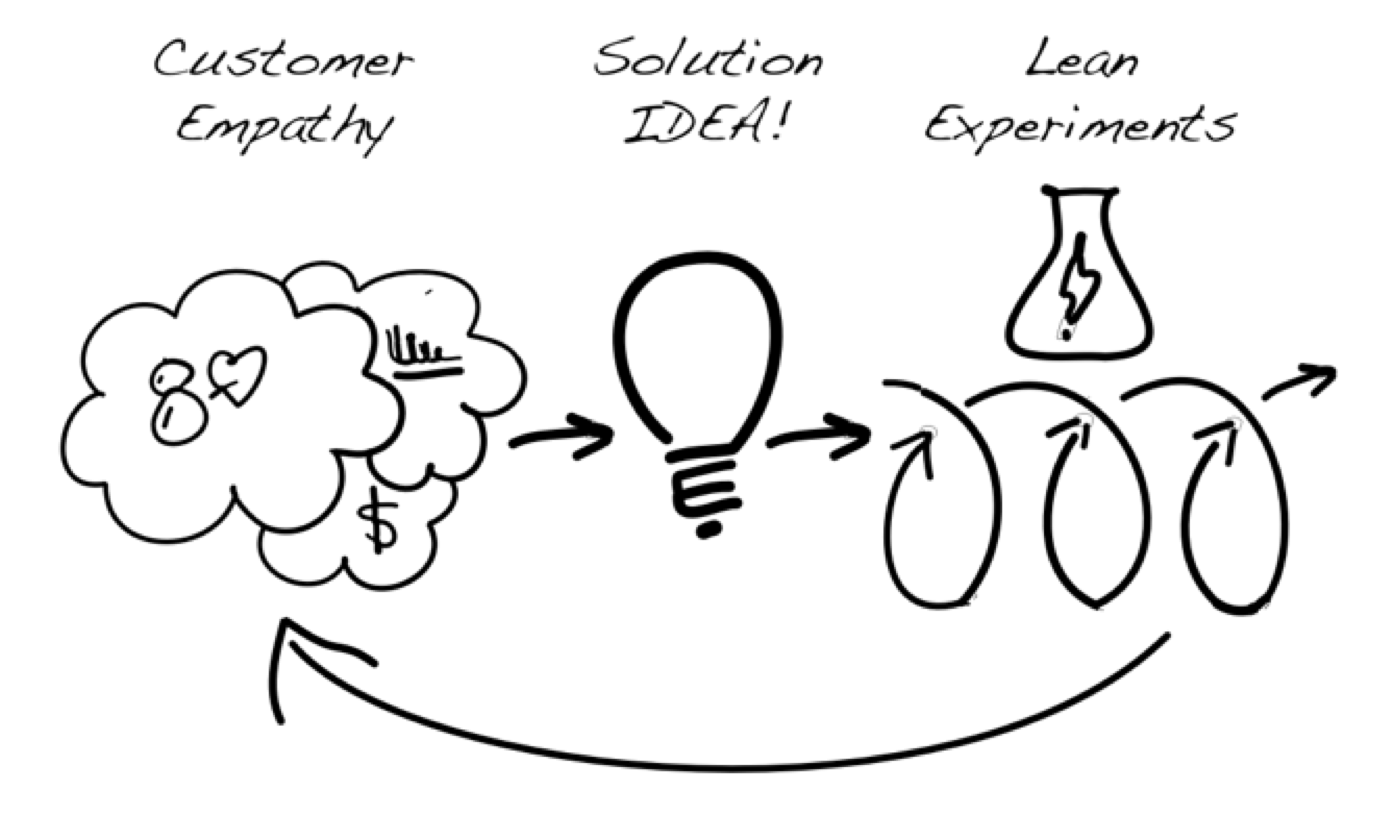 Lean Startup (from Eric Ries book: The Lean Startup) – Ries’ book has caused a significant transformation in the way many business leaders go about running their businesses. While many of the practitioners of Lean Startup methods are in various parts of the software industry, the ideas from this book cut across most industries.
Lean Startup (from Eric Ries book: The Lean Startup) – Ries’ book has caused a significant transformation in the way many business leaders go about running their businesses. While many of the practitioners of Lean Startup methods are in various parts of the software industry, the ideas from this book cut across most industries.
Ries core idea is that when you are starting a new venture or a genuinely new product or service, you really do not know what is going to work. You have your ideas of what customers want, but even if customers do value the idea, what will they pay? How do they want to use the product? Is it compelling enough to cause them to change their behaviors to adopt the new solution? So, reaching success becomes a very agile cycle of hypothesis creation, customer engagement and demonstration, learning, learn and adjust. process of iteration
The solution, according to Ries is to iterate through the Lean Startup cycle:
- First, based on your product or company idea, create your “Leap of Faith Hypothesis”. This is a summary of what you believe your customers want and the solution that you propose to provide them with.
- Then, based on that Leap of Faith Hypothesis, you create a “Minimum Viable Product”. Without investing great energy and treasure, produce enough of a representation of your solution to validate your hypothesis with real customers. Is this something they would buy? What are the problems? What more does the product need? What less? How would they use it?, etc.
- In the course of testing the MVP with customers, you engage in “Validated Learning”. Here, you cannot simply say “they like it”, you need to quantify what is good or bad about the product and if customers really use it, what would they pay, how many downloads and installs you are seeing and any other metric that gives you real data that you can act on. You want to identify validated learning data that will help guide you to success over the long term as well.
- Then, based on the success of your MVP, and the information you gleaned from the Validated Learning exercise, you “Pivot or Persevere”. You persevere if your customers are liking where you are going and you only need to adjust and enhance. However, if you are way off the mark, and adjustments are not having a real impact, you must pivot, perhaps with a dramatic change to your strategy.
 It is important to recognize that this is very aligned with Agile development thinking, with very frequent cycles of iteration of: leap of faith hypothesis, MVP, validated learning, pivot or persevere, and repeat … until you have a product that your customers truly love.
It is important to recognize that this is very aligned with Agile development thinking, with very frequent cycles of iteration of: leap of faith hypothesis, MVP, validated learning, pivot or persevere, and repeat … until you have a product that your customers truly love.
While this was developed out of the software industry, the ideas are valuable in broad strokes. The idea that you make your best guess, and move quickly to validate it without spending all of your capital is a very important concept. We have tested Leap of Faith Hypothesis by first creating a PowerPoint to test out with customers. Then we created low-resolution minimum viable product prototypes as proof of concept to get more feedback from customers. The value that this brings in getting to a true understanding of what your customers really need cannot be understated.
While Eric Ries’ book is the best known in promoting these ideas, Steve Blank has also published a lot of work in this area. His two books X and Y are excellent reads and contain many ideas and methodologies to put this into practice.
The Lean Startup concepts have been transformational in software product development and are “must use” from my perspective.
